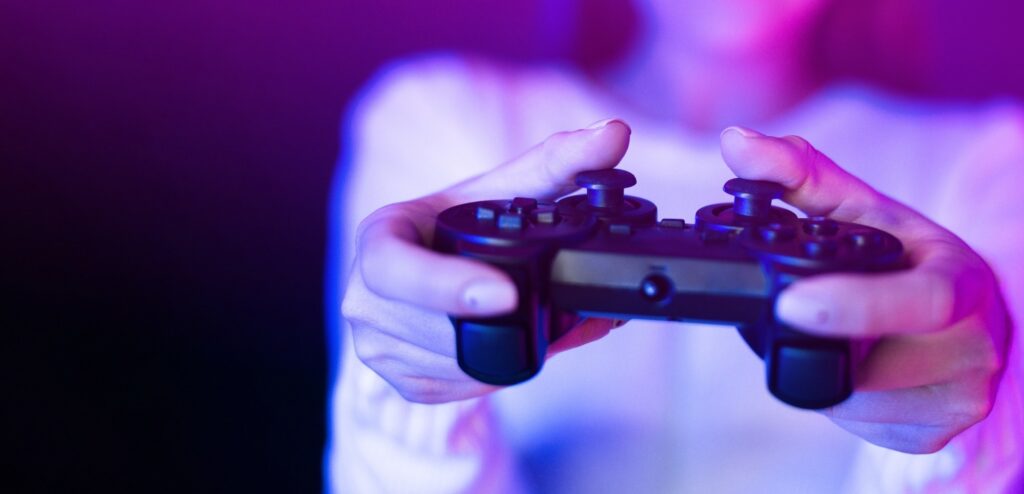
New research has unveiled a concerning trend among esports athletes: prolonged gaming sessions are leading to significant wrist fatigue, with short breaks providing little to no relief. The study, published in BMC Sports Science, Medicine and Rehabilitation, highlights how different game genres influence the strain on players’ wrists.
The announcement comes as esports continue to grow in popularity, attracting millions of viewers and thousands of players globally, particularly among the youth. These athletes often train between four to ten hours daily to compete at elite levels, with the duration of practice varying by skill level and game genre.
Understanding the Risks in Esports
Esports, much like other high-intensity activities, combine the physical demands of repetitive muscle use with cognitive stress and prolonged sitting. This combination is known to contribute to poor health outcomes, similar to those seen in occupations like computer work, piano playing, and air traffic control, where musculoskeletal disorders (MSD) are prevalent.
High-performing esports players engage in repetitive actions such as mouse clicks and keystrokes at high frequencies, sometimes exceeding 500 actions per minute in certain game genres. Without adequate breaks, this can lead to muscular fatigue and increase the risk of overuse injuries or MSD.
“Muscular fatigue is a reduction in maximal force or power production in response to contractile activity.”
This fatigue can be peripheral, affecting the neuromuscular junction, or central, impacting the brain. Despite the growing popularity of esports, research into these specific risks remains limited, although some studies suggest mobile gaming may cause more fatigue in non-professional players.
Study Insights: Game Genre and Wrist Kinematics
The recent study involved 32 healthy male esports athletes, with an average age of 24 and a mean body mass index (BMI) of 24.8 kg/m2. Participants reported an average of 308 minutes of physical activity per week and had been gaming for an average of 12 years, dedicating approximately 3.6 hours daily to gaming.
About 70% of the participants were MOBA players, who are more likely to compete at high levels compared to FPS players. The study observed two gaming sessions of 90-120 minutes each, separated by a 10-minute passive sitting break.
Muscle activity and wrist kinematics were monitored using surface electromyography (EMG) on the upper trapezius and wrist extensors. Results indicated increasing muscle fatigue over time, evidenced by a reduction in the frequency spectrum of the EMG.
EMG data showed a 3%-4% decrease in median frequency (MDF) for wrist extensors over time.
Interestingly, the root mean square (RMS) values also decreased, possibly due to the nature of competitive gaming, which involves low-intensity intermittent tasks allowing partial muscle recovery. This finding suggests atypical EMG fatigue patterns compared to constant-load tasks, warranting further investigation.
Implications and Preventive Measures
The study concluded that wrist extensor fatigue increases significantly over 3-4 hours of esports play, regardless of the game genre. However, the impact on wrist kinematics varies with the type of game, with FPS players experiencing more pronounced effects than MOBA players.
Despite a 10-minute break, no significant neuromuscular recovery was observed, indicating a higher risk of MSD with repetitive loading. The study recommends implementing preventive training strategies and regular active breaks to mitigate these effects in esports athletes.
“Implementing preventive training strategies and regular active breaks may help mitigate these effects in esports athletes.”
Furthermore, the study was limited to male participants, had a higher proportion of MOBA players, and lacked a control group, which may affect the generalizability of the findings.
As esports continue to rise in prominence, understanding and addressing the physical demands on players will be crucial in promoting long-term health and performance. The study underscores the need for more research and preventive measures to protect these athletes from potential long-term injuries.






